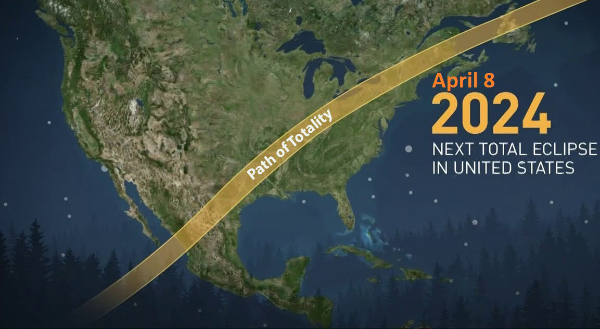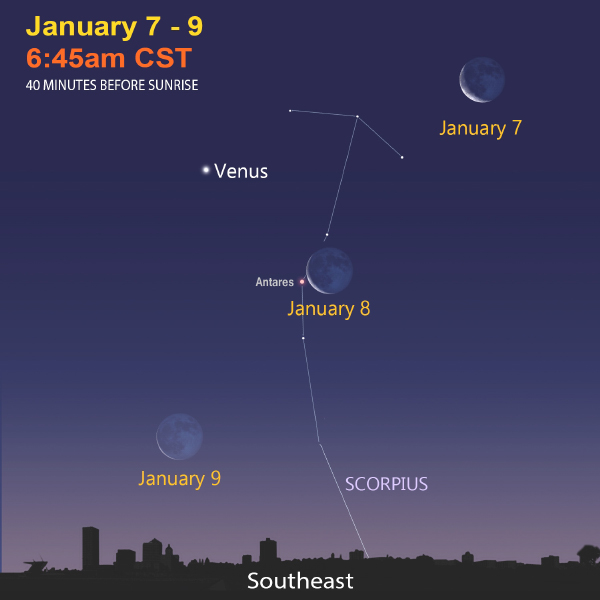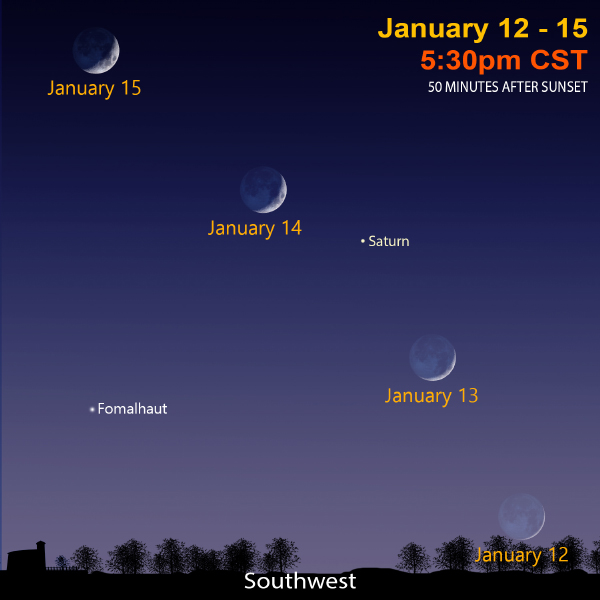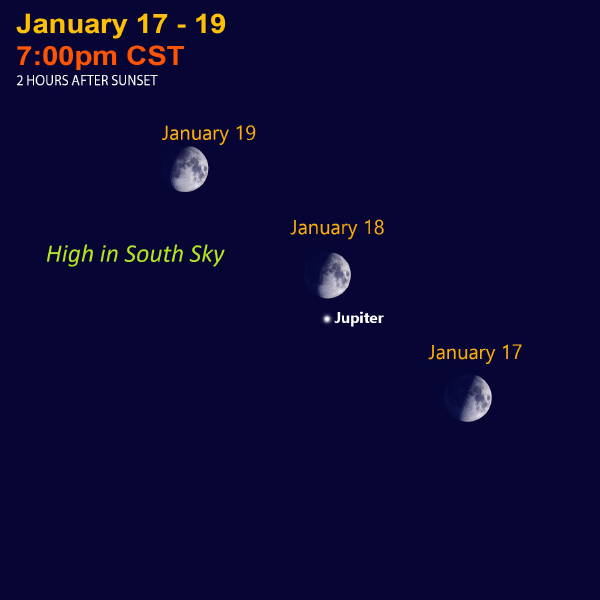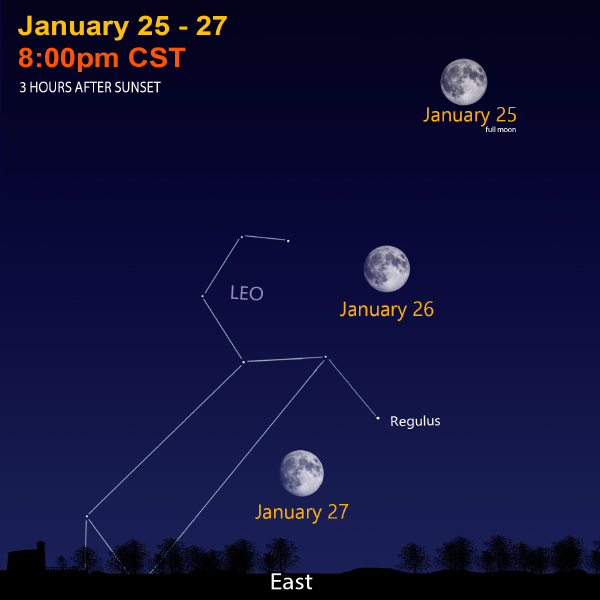Cosmic Curiosities
"We are stardust,
We are golden,
We are billion-year-old carbon.”
- Joni Mitchell, Canadian-American singer-songwriter
2024 Sky & Space Calendar
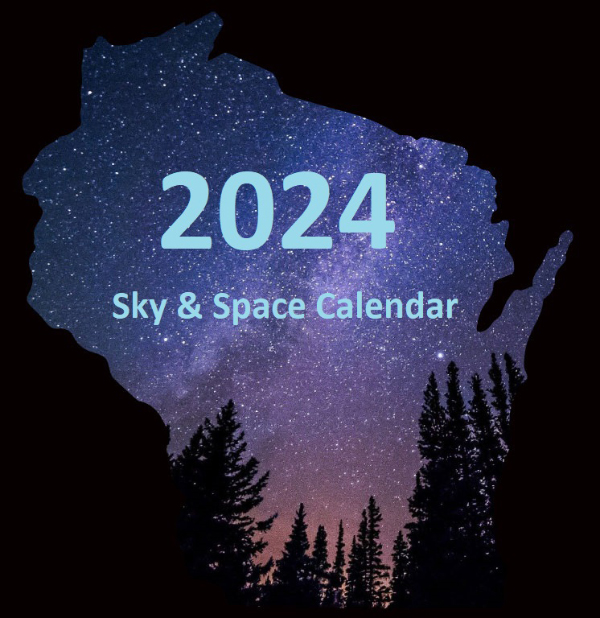
The biggest sky event for 2024 will be the total solar eclipse across America. In Milwaukee, 90% of the sun will be blocked by an invisible moon. If possible, travel to the path of totality! The closest place near southeast Wisconsin will be the Indianapolis area. Click picture for more details:
Click here to view the 2024 Sky and Space Calendar:
The Last Supernova
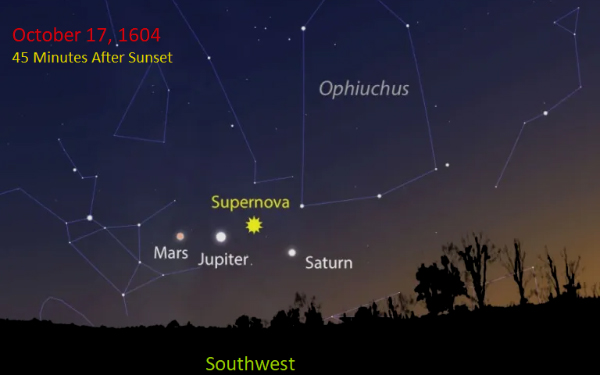
It’s been a while: The last time someone gazed and glimpsed a bright new star was more than 400 years ago. This was the last supernova, seen in the constellation Ophiuchus in late 1604.
This new beacon was a Type 1 supernova, a dead star that detonated by stealing matter from a nearby companion star. It occurred 20,000 light years away. Of course, back then, no one knew the physics of stellar life cycles or the incredible distance between the stars. This unexpected light was bright—brighter than any nighttime star. It shone as bright as Jupiter, but not quite up to the brilliance of Venus. People observed it for about three weeks.
The dying star was recorded by cultures from three continents, maybe more. We call it “Kepler’s Star” for the famous astronomer Johannes Kepler who, at that time, was discovering how planets move around the sun. Many supernovae took place in the last 400 years, but no one saw them. They were either obscured by dark interstellar clouds, too far away, or simply not that bright. Many people saw a very faint supernova in 1987 in the Large Magellanic Cloud, a small companion galaxy to the Milky Way. It was visible mainly for people in the southern hemisphere.
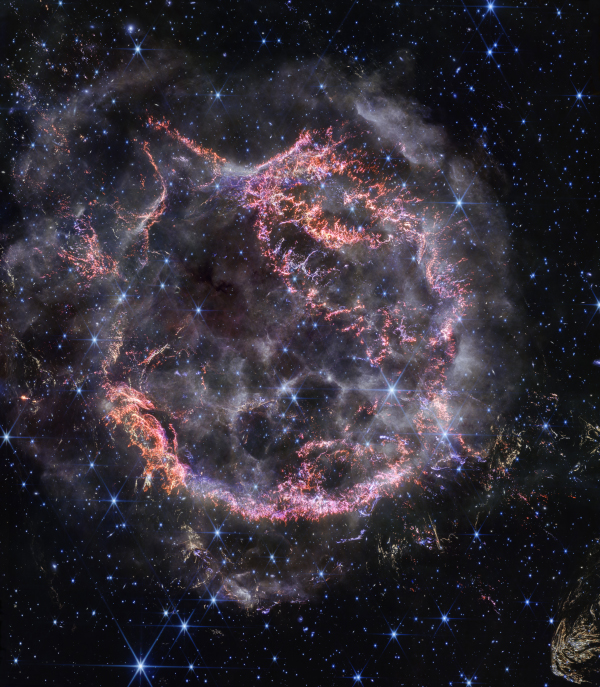
Recently, the James Webb Space Telescope (JWST) took this breathtaking image of Cassiopeia A, a Type II supernova. These supernovae occur when massive stars run out of fuel, collapse, and rebound off a dense core. Cass A was once a small point of light and now it is a billowing debris cloud stretching 20 light years across. Astronomers estimate this explosion occurred sometime between 1667 and 1680.
Though closer (about 10,00 light years distant) than the 1604 Supernova, the light from this long-ago stellar blast was blocked by dark clouds. No human stargazer looked up and wondered about this light, which was more energetic than the light from billions of stars in a galaxy. No one knew about this supernova until 1947; the remnant was discovered with an optical telescope, but its long-faded light was not that bright.
However, today’s astronomers have a vast array of telescopes that see invisible light—the electromagnetic spectrum. Cassiopeia A gives off light, or energy, in radio, infrared and X-rays—which we can detect and study.
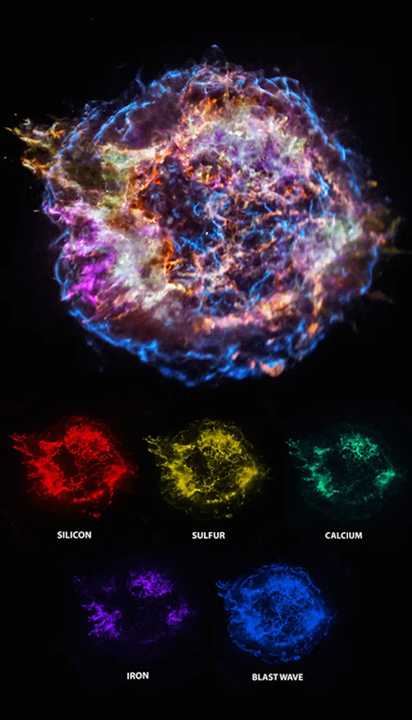
NASA’s Chandra X-ray Observatory has captured various elements from the Cass A supernova. These include silicon (red), sulfur (yellow), calcium (green), and iron (purple). And there are many more. The heavy elements all around us were created long ago in these titanic cosmic eruptions.
Spot Sirius
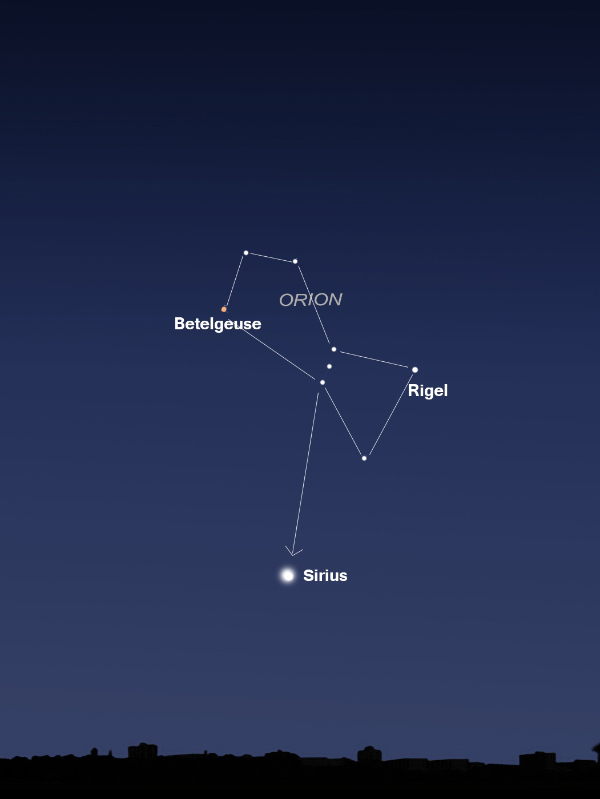
Have you ever wondered what the brightest star in the night sky is? It’s Sirius, or commonly known as the dog star, located in the constellation Canis Major, the Big Dog.
Sirius is best seen in the winter months. By the end of January, Sirius is around most of the night. It makes a low shallow path across the sky—rising in the southeast and setting in the southwest. Look straight below Orion’s belt to locate the night’s brightest star. When you see Sirius rise or set, it will twinkle like crazy. Watch for a while and spot Sirius shine a rainbow of colors. This happens when its light passes through the Earth’s atmosphere, which disperses and refracts the starlight. Take a moment to marvel at this celestial wonder.
Sirius disappears behind the sun in May and is gone all summer. By early September, Sirius comes back into view. You can start to see Sirius rising just before the sun in the morning sky. In ancient Egypt, the rising of Sirius before dawn in the east marked the flooding of the Nile River and told then when to plant their crops.
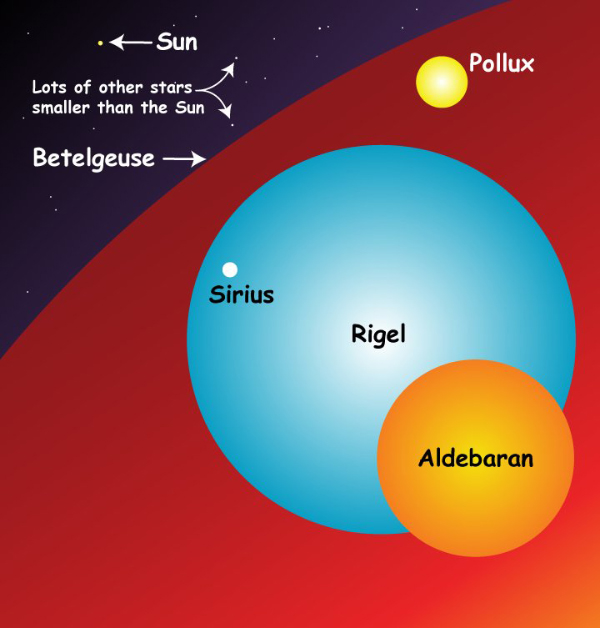
Sirius is twice as massive as our sun and 25 more times luminous! It is also fairly close at only 8.6 light years away. Though larger and hotter than our sun, Sirius is tiny compared to other nearby stars like Rigel, Betelgeuse, Pollux, and Aldebaran.
Space in Sixty Seconds
Celebrate Perihelion Day and see why winter is the shortest season.
Sky Sights
Venus, a waning crescent Moon, and the bright red star Antares form a nice trio for early risers from January 7-9.
Saturn and a waxing crescent Moon will be a lovely early evening sight from January 12-15.
Jupiter and the Moon shine near each other high in the south from January 17-19.
Catch the Moon and the stars of Leo from January 25-27. The full moon is on January 25; it is sometimes called the Wolf Moon.
Mercury might be visible low in the southeast for patient stargazers in the morning sky in early January.
Mars is very difficult to spot in the morning sky and stays that way until mid-May.
January Star Map
Sign Up
Receive this newsletter via email!
Subscribe
See the Universe through a telescope
Join one of the Milwaukee-area astronomy clubs and spot craters on the Moon, the rings of Saturn, the moons of Jupiter, and much more.
Follow Bob on social media
Twitter: @MPMPlanetarium
Facebook: Daniel M. Soref Planetarium


